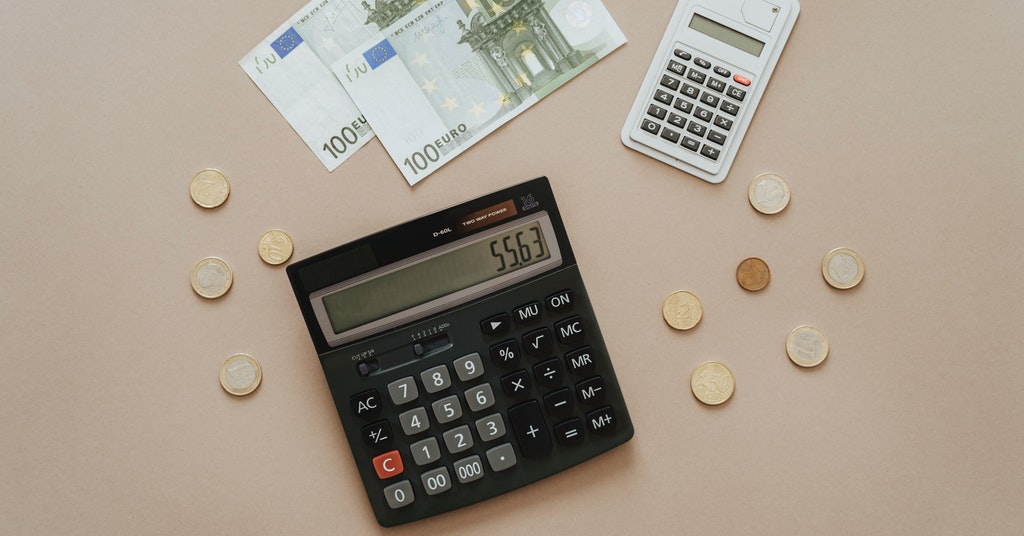Check out this article to find out more about VAT

What is VAT and how does it work?. Source: pexels.com
You’ve most probably seen this three-letter combination on your bills and receipts and know that VAT is some kind of tax. If you’re interested in more details, PaySpace Magazine will help you figure VAT out.
What’s VAT
This abbreviation stands for Value Added Tax. Okay, most people know that already. But what does it mean exactly? Which value is added and where to?
According to KPMG, more than 140 countries throughout the world have implemented a value-added tax into their taxation system. It is also known in some countries as a goods and services tax (GST).
The Value Added Tax, or VAT, in the European Union generally applies to all goods and services that are bought and sold within its borders.
It means that goods that are sold for export or services which are used by customers abroad are normally not subject to VAT. On the contrary, imported goods and services are subject to this kind of tax to keep the system fair for EU producers. This way, they can compete on equal terms with suppliers situated outside the Union.
In the US, VAT applies to the purchase of most goods and services and must be collected and submitted by the merchant to the government revenue department. Unlike the national sales tax, which is only charged on sales to end consumers, the VAT is collected on all sales – even of raw materials.
Although some details might differ, the principle of the VAT system is the same in most countries. Merchants and producers have to pay their governments for the opportunity to sell their goods or services. The amount of VAT is a certain percentage of the product’s estimated value. Although technically this tax is paid by merchants, they usually include it in the retail price. Therefore, buyers cover VAT expenses in most cases.
Calculations and rates
VAT rates are different in various countries. According to EU law, EU Member States are required to levy a standard VAT rate of at least 15% and a reduced rate of at least 5%. Switzerland, as a non-EU country, levies the lowest VAT rate of only 7.7%, whereas Hungary charges the whole 27% of the product’s value. The average VAT rate in European countries is 21.3%.
The United States does not officially have a VAT, but its sales tax performs a similar function being imposed on the sale or lease of goods and services.
Some of the lowest VAT tax rates in the world are 4,5% in Andorra, 2% in Aruba, 7% in Singapore, and 8% in Japan. Countries with relatively low VAT rates also include New Zealand with a VAT of 13%, Luxembourg with a VAT of 15%, and Mexico with a VAT of 16%.
Countries all over the world define their own lists of the goods & services that should be sold at the reduced VAT rate. For example, the UK government charges a reduced VAT on children’s car seats, domestic fuel or power, selected mobility aids for older people. In Ireland, the reduced rate of VAT applies to certain building and repair services, food and drink supplies for catering or take-away, various amusement and entertainment services, etc.
Calculating the exact amount of VAT is quite simple. As a business, you’ll need to make such a calculation when charging VAT on goods or services, or when working out the amount of VAT you can claim back on items which were sold inclusive of VAT.
To calculate the end-consumer price including the standard rate of VAT (e.g. 20%), merchants should multiply the price excluding VAT by 1.2. On the contrary, if you deal with claiming the VAT back on the item, divide the VAT-inclusive price by 1.2.
How it works
Not all businesses are required to register and pay a VAT on their products & services. Most European countries set thresholds for the business’s revenue of taxable goods and services. VAT taxable turnover is the total value of everything you sell that is not exempt from VAT. Those below the required threshold can sell their products without a value-added tax.
For instance, in the UK, businesses must register for VAT if the VAT taxable turnover went over £85,000 in the last 12 months or is predicted to reach this number in the next 30-day period. They also need to register while buying goods for more than £85,000 from EU VAT-registered suppliers.
In Spain and Turkey, however, all businesses, regardless of their revenue, are required to register and pay a VAT.
VAT-registered businesses:
- must charge VAT on their goods or services
- may reclaim any VAT they’ve paid on business-related goods or services
The value-added taxation system is controversial. Since it is based on taxpayers’ consumption rather than their income, it raises government revenues without punishing success or wealth. In contrast to a progressive income tax, which levies greater taxes on higher-level earners, VAT applies equally to every purchase.
On the other hand, this uniformity is taking a larger percentage of income from low-income earners than from high-income earners. Thus, some critics object to this method of taxation as placing a higher burden on lower social classes and affecting them negatively. This is known as regressive taxation. Exempting, zero-rating, or excluding certain essential consumption goods from the tax base (e.g., foodstuffs, medicine, health care) can reduce the regressivity of a VAT. An even better approach is to provide a limited cash payment—that is, a demogrant or a refundable tax credit.
Usually, VAT is levied at each stage in the manufacturing-distribution-sales process of an item. The tax is assessed and collected at each stage, in contrast to a sales tax, which is only assessed and paid by the consumer at the very end of the supply chain. VAT benefit for a business is that it can save some money at intermediary stages. Moreover, in many countries businesses may reclaim any VAT they’ve paid on business-related goods or services. However, the end amount to a consumer doesn’t change. It’s calculated on the total value of raw materials, production cost, merchant’s expenses, etc – which contribute to the final price of the item.
VAT Refund
VAT refunds are a usual procedure for cross-border transactions. Most businesses that incur VAT by their activities in an EU country where they do not habitually supply goods/services (and so are not required to register for VAT) or not based in the European Union at all are entitled to deduct that VAT by means of a refund from the EU country where they paid the VAT. To receive one, claimants must send an application to the national tax authorities in the EU country where they incurred the VAT.
EU retailers can also provide a VAT refund for goods sold to non-EU tourists when exporting them. As a visitor to the EU who is returning home or going on to another non-EU country, you may be eligible to buy goods free of VAT in special shops. Although you will pay the full, VAT-inclusive price for the goods in the shop first, you’ll get a refund once you have complied with the formalities and can show proof of export. You can find detailed information about this procedure here.
The conditions for getting a VAT refund are:
- The tourists must provide proof of residence outside the EU;
- The goods must be taken out of the EU within 3 months of being bought. The tourist must provide a stamped VAT refund document proving this;
- The value of the goods bought must be above a certain minimum (set by each EU country);
- Retailers can either refund the VAT directly or use an intermediary. One or other of them may charge a fee, deductible from the refunded VAT amount.
SEE ALSO:









